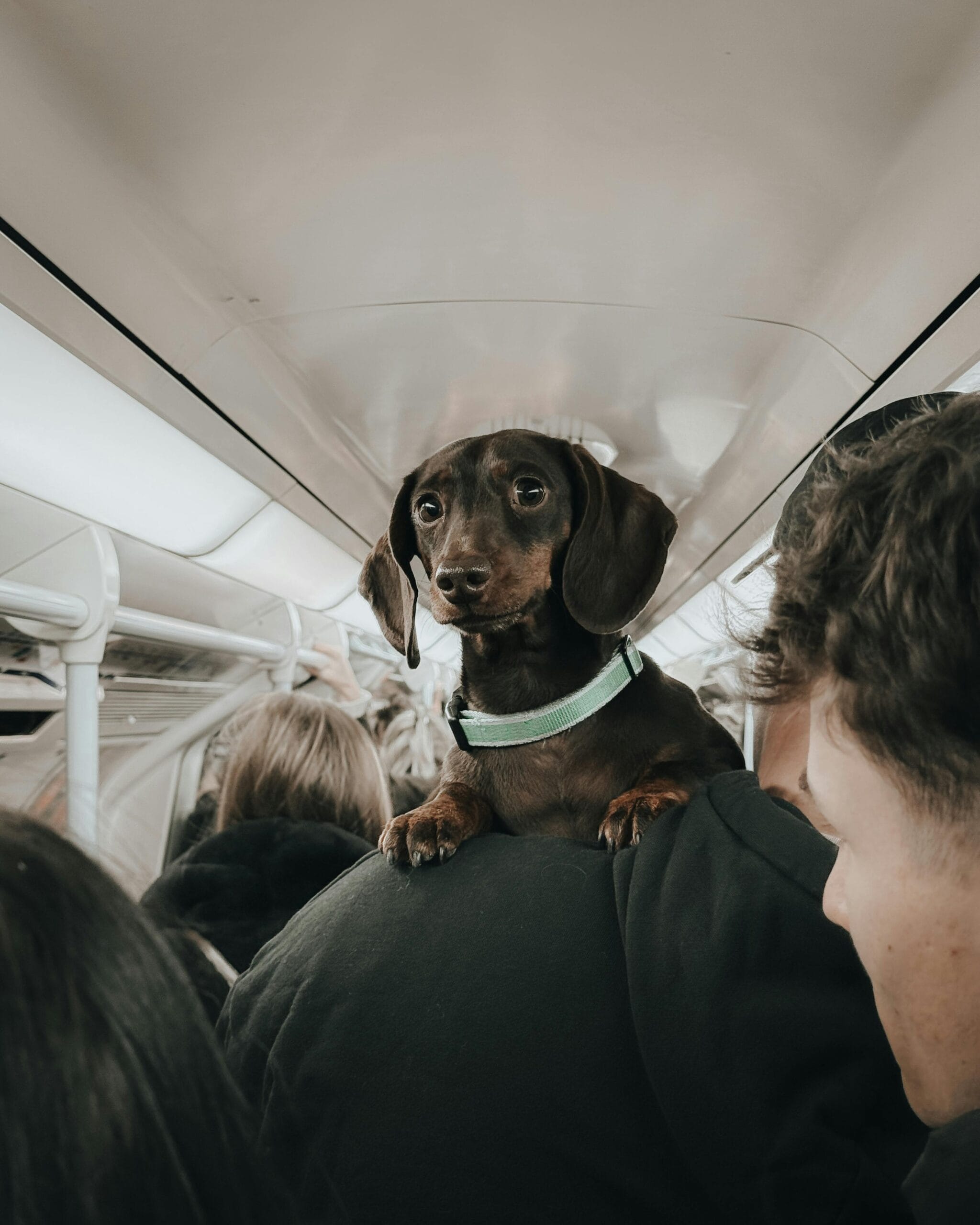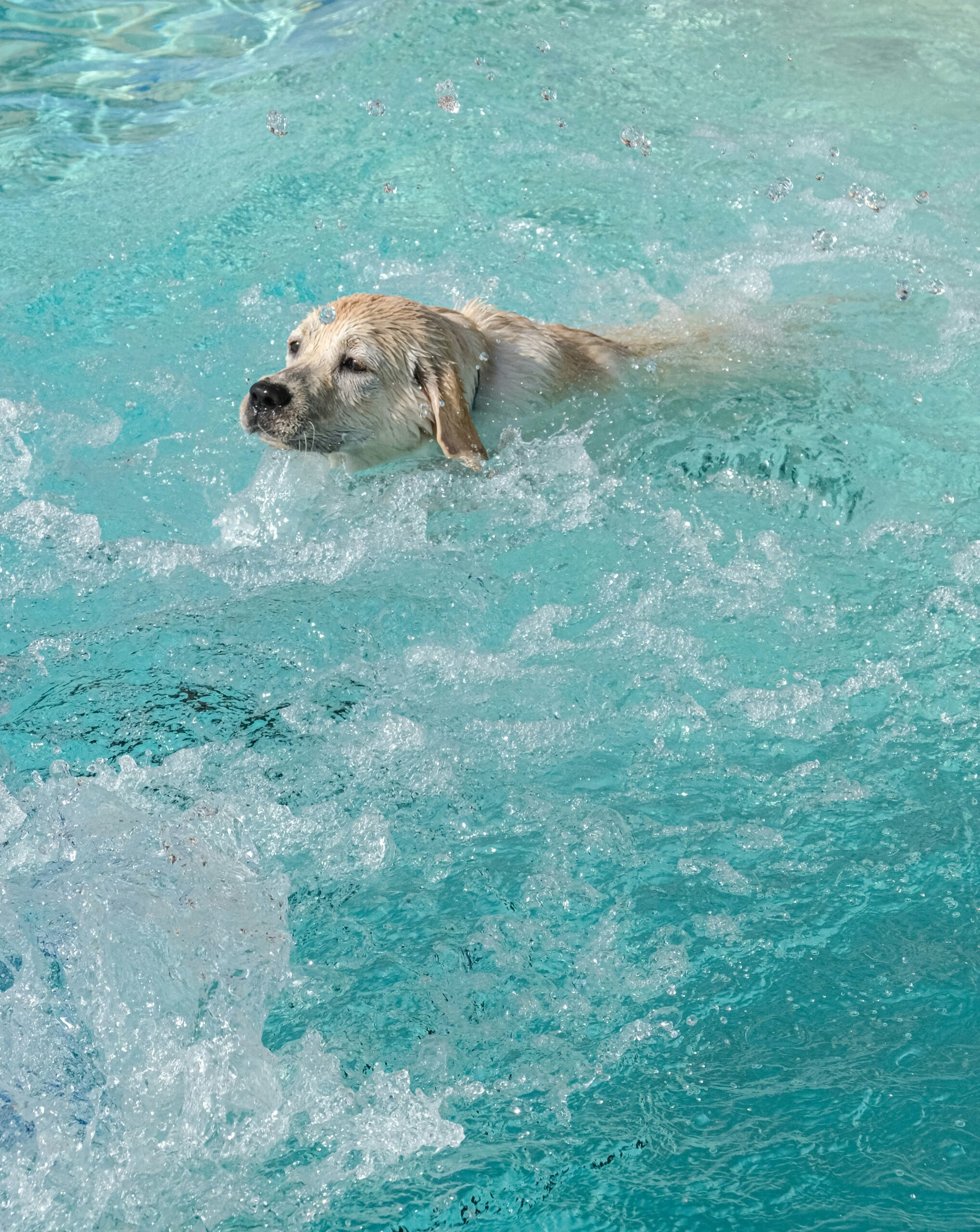House training a puppy is an exciting and challenging experience that can forge a strong bond between you and your new furry friend. By understanding the steps necessary for effective training, you can establish an environment conducive to learning and growth. This article offers a detailed guide on how to train your puppy, addressing essential aspects from the very beginning.
Preparations before the start of training
Space and materials required
Before you begin training your puppy, it is crucial to prepare a suitable space. This includes a designated area where the dog feels safe and comfortable while learning new commands. It should be free of distractions, such as other animals or excessive noise. Also, make sure you have the necessary materials, such as:
- Leash and collar suitable for the size of the puppy.
- A variety of toys to keep puppy's interest.
- Snacks or rewards for positive reinforcement.
- A comfortable bed and a designated space for the puppy to rest.
Providing the right materials not only facilitates training, but also helps establish routines and reinforces the puppy's security in its environment.
Time and commitment required
Training a puppy requires a considerable investment of time and commitment. It is critical to establish a daily schedule that includes short but frequent training sessions. This approach will keep your puppy engaged without overloading him.
Basic puppy training techniques
Essential commands (sit, stay, come)
Starting with essential commands is the foundation of successful puppy training. Start with simple words such as "sit", "stay" and "come". Be sure to be consistent with your cues and words to avoid confusion.
Importance of positive reinforcement
Positive reinforcement is key to teaching puppies. By rewarding your puppy with treats, petting or words of encouragement each time he responds correctly to a command, you reinforce good behavior and increase the likelihood of recurrence. This fosters a positive attitude toward learning.
Troubleshooting common problems when training a puppy
How to handle behavioral problems
Behavioral problems are common in puppies. Identifying the root of the problem is the first step in finding a solution. Consider whether the behavior is the result of boredom, anxiety or simply lack of knowledge of what is expected of them.
- Evaluate the cause of the behavior.
- Implement smooth and consistent corrections.
- Provide adequate mental and physical stimulation.
Addressing problems in a gentle and positive manner can prevent more complicated situations in the future.
Strategies to avoid the use of punishment
Avoiding the use of punishment is critical. The use of aversive methods can damage the bond between you and your puppy and generate fear. Opt for strategies that involve redirecting to desired behaviors and reinforcing positive actions on a consistent basis.
Maintain consistency and evaluate progress
Daily training routines
Consistency is the cornerstone of training. Establishing daily routines not only teaches puppy discipline, but also creates a predictable structure that will facilitate learning. Each training session should be positive, brief and focused.
Evaluation and adjustment of strategies
It is important to continually evaluate your puppy's progress and adjust strategies as needed. Observing behavior and response to commands will help you identify areas that need more work or any adjustments that may facilitate learning.
- Observe achievements and areas for improvement.
- Adapt the methods according to the individual rhythm of the puppy.
- Celebrate small triumphs to keep motivation high.
Constant adjustments based on your puppy's development will ensure that training is effective and continuous.
By following this step-by-step guide to house training a puppy, you guarantee an effective and enriching learning process. Always remember to show patience and understand that each puppy learns at its own pace. With dedication and love, you will be well on your way to raising a happy, well-trained dog!



